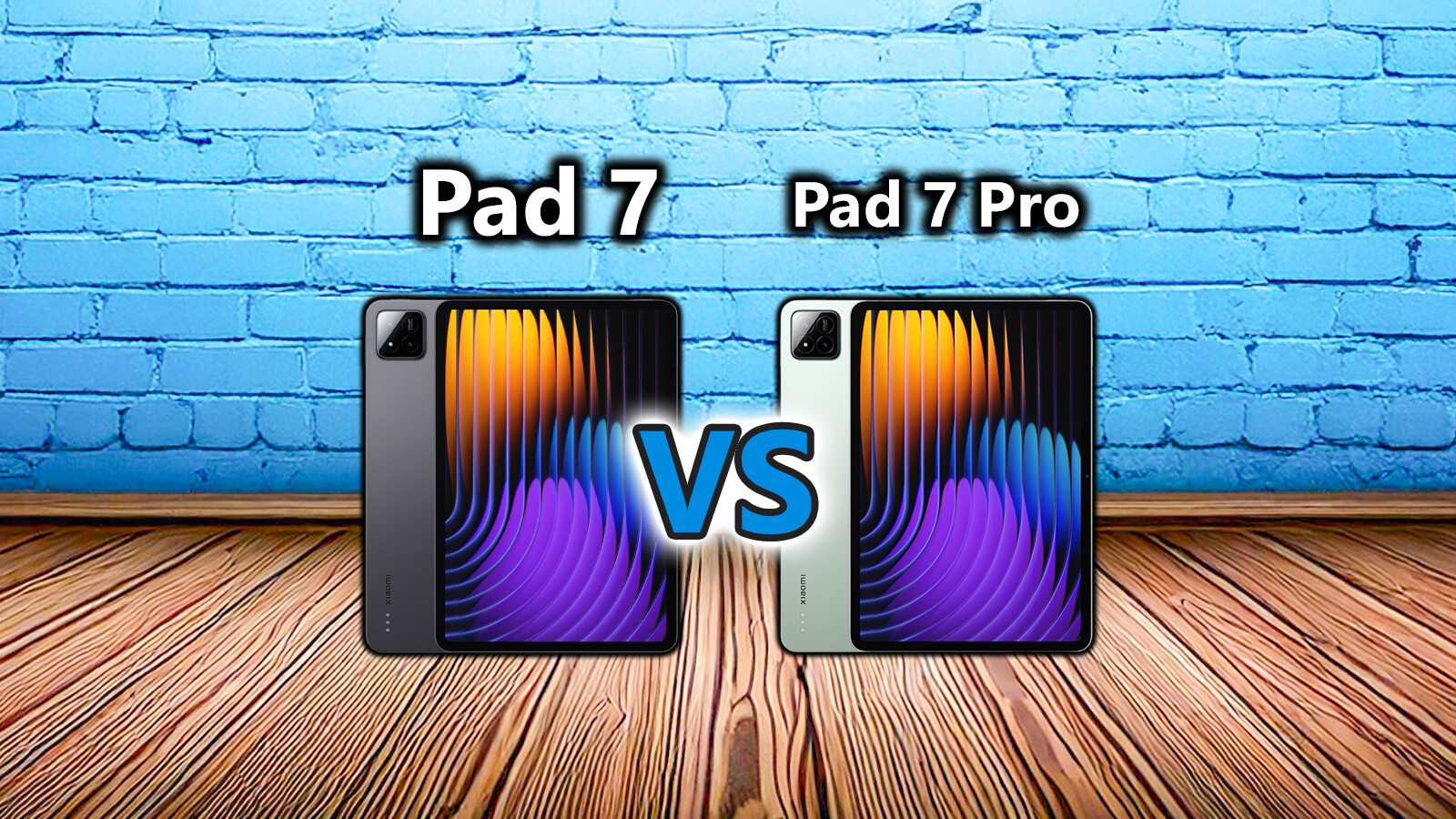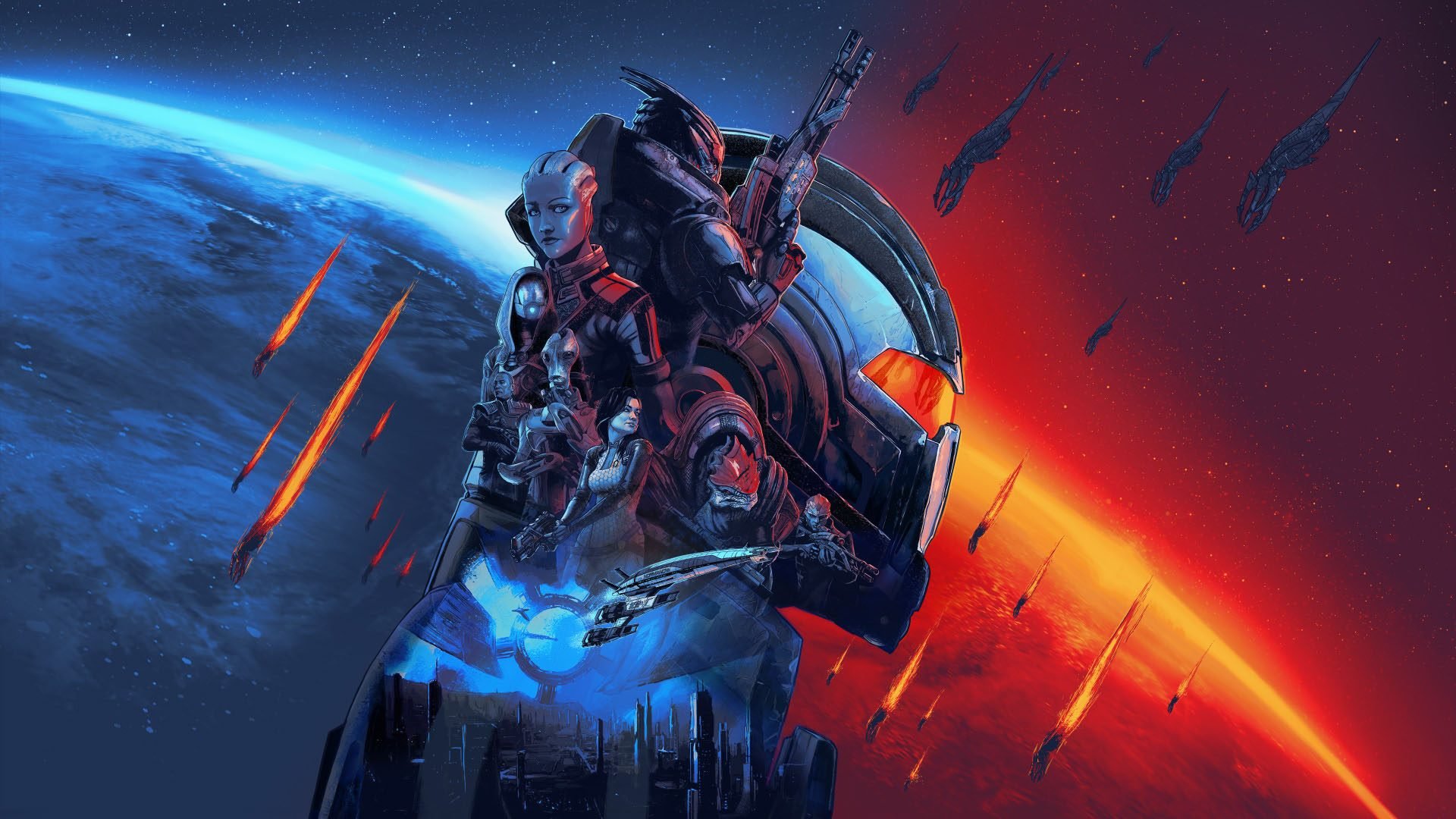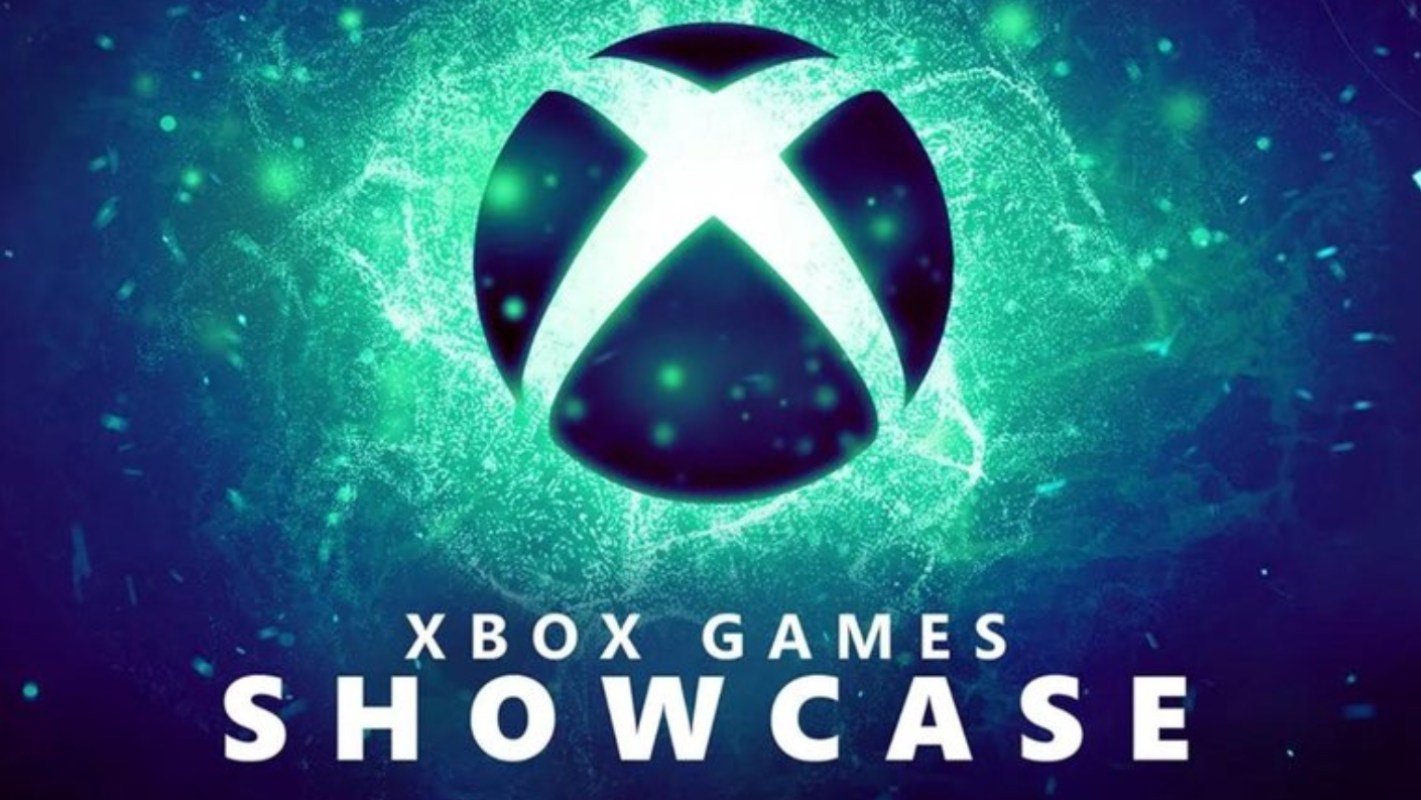
What’s hiding at the end of The Beach? Spoiler: extremely slow internet! (Image: IMBb.com)
This article is about two technical things that I talked about a few weeks ago while watching the final scene of The Beach
from the year 2000.
So I want to start with a spoiler warning: If you don’t know the film with Leonardo DiCaprio and still want to watch it, you probably don’t want to know anything about the ending in advance.
What kind of film is this? The Beach was one of DiCaprio’s first major films after his big break in James Cameron’s Titanic
from 1997.
- The Beach is based on the book of the same name by English author Alex Garland.
- It is an adventure film with romantic and dramatic elements.
- The Beach is one of DiCaprio’s more heavily criticized films.
- Aspects often mentioned in criticism are questions about the quality of the implementation of the book and DiCaprio’s suitability for portraying the main character Richard.
- The latter also applies to DiCaprio’s dominant image at the time
Milk face
which came about through his role in Titanic (quote from one Review from Spiegel at the time).
What do you mean by something you’ve probably long forgotten?
- Back then, not everyone had
fast
Internet at home and especially not permanent access to it via smartphone. That’s why the internet cafés in question existed. - Richard logs into an email client via a browser and opens a message that contains a photo attached.
- We have long been used to seeing images in their entirety straight away. In the film, the image instead builds up bit by bit. You can see the relevant scene in the video below, the image starts loading at minute 1:45.
- The background is the slow internet connections back then (more on that in a moment).
Also seen in the video and long history: The colorful iMacs that Apple was selling at the time.
Link to YouTube content
How fast was the internet back then? The beginning of 2000 was around the time of the breakthrough of DSL connections. The English abbreviation stands for Digital Subscriber Line
.
- In Europey, the speed of DSL was initially 768 Kbit or 0.768 Mbit per second.
- For example, to download a 1.5 megabyte image at this speed will take approximately 15 seconds. This also roughly corresponds to the loading time seen in the film.
- If you want to see such an image in its entirety immediately after clicking on it, a speed of 16 Mbit per second is sufficient. Such connections became widespread in this country from around 2004.
A mistake that isn’t necessarily one
The supposed error I stumbled upon is also related to the display of the image:
- After it has fully loaded, a text appears that is written as if by magic. You can also see that in the video embedded above.
- It would be more plausible to me if the text was loaded together with the rest of the image and could be read directly on it when it was first set up.
- Technically, the effect seen in the film could already be implemented without any problems at the time. But I don’t remember ever seeing a feature like this in typical email clients back then.
Admittedly, the scene also caused discussion among our team. One of the objections to viewing this as an error was as follows:
In my opinion that would be under Suspension of Disbelief
fall, because it’s just a film, not everything always has to be 100 percent realistic and verifiable, especially when it’s such a small detail. I think it would be entirely feasible and could have existed, so I wouldn’t consider it Mistake
A point of view that is entirely understandable to me, even if I see it a little differently myself and have not yet been convinced by the following, more concrete explanations from the team:
- Could it be a GIF? In my opinion, the type of store and presentation do not match this.
- Could it be a video? I have similar objections here as with the GIF format.
- Is it an additional animation that runs over the image at the end? That would be technically conceivable, but in my opinion not a typical function for a mail client from back then
- Back then, email clients sometimes had special functions, such as greeting cards. That’s true, but a handwritten one
Ghost hand
As mentioned, I have never come across written text.
It’s not an important detail anyway, but in my opinion it’s an interesting little thing that I wanted to share with you.
Please let me know in the comments what you think of the scene and whether I may have overlooked a particularly plausible and simple explanation.
One thing applies regardless of the question Error or no error?
: I’m very glad that the days of such slow internet connections as seen at the end of The Beach are long gone. Even in Europey.








